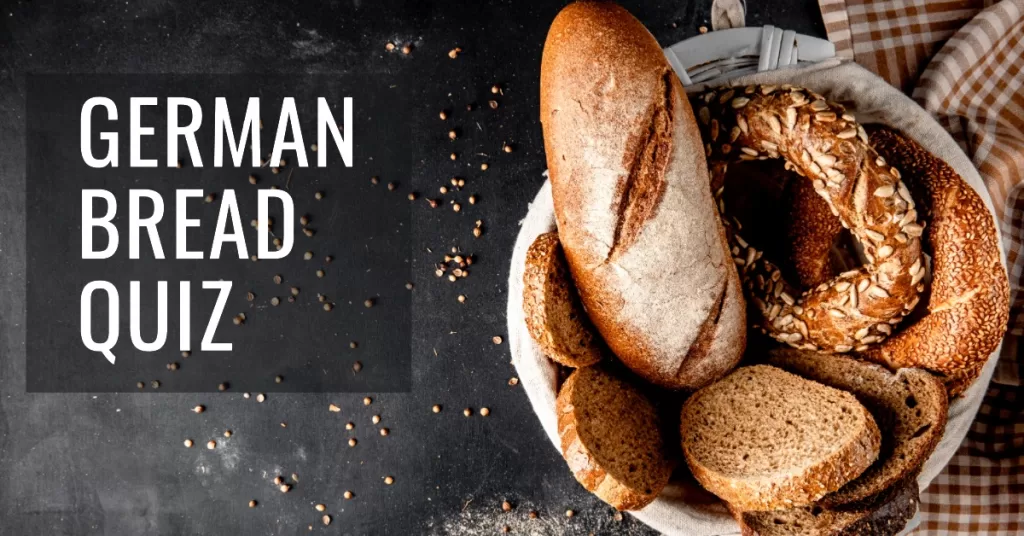
Roll up your sleeves and grab your aprons, bread lovers and trivia enthusiasts! It’s time to test your knowledge of Germany’s rich and diverse bread culture with our German Bread Quiz.
Boasting more than 300 varieties of bread, Germany’s baking tradition is a veritable feast for the senses. But how well do you really know the intricacies of this doughy delight?
From crusty rye loaves to delectable pretzels and everything in between, this quiz will challenge your knowledge of traditional German bread recipes, regional specialties, and the fascinating history behind these mouthwatering creations.
So grab a slice, slather on some butter, and get ready to dive into the warm and comforting world of German bread. Guten Appetit!